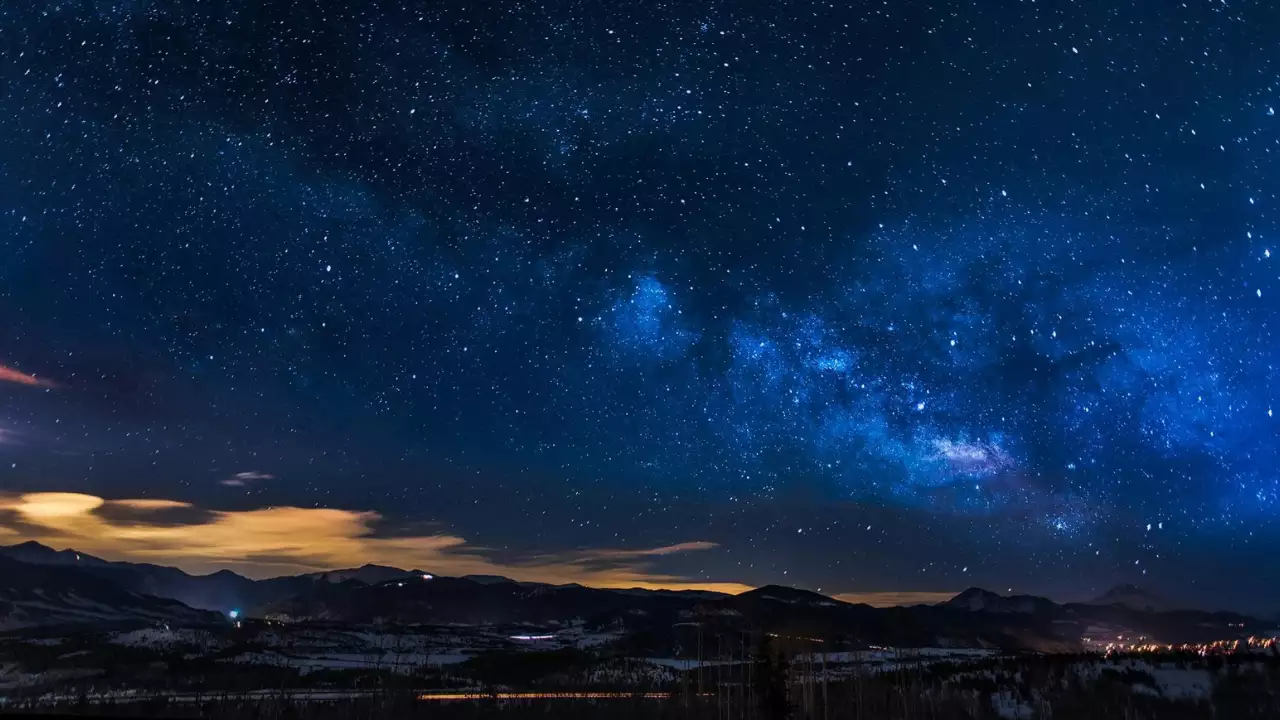As light pollution engulfs much of the world, the quest to witness the night sky in its pristine glory has given rise to dark sky tourism. Remote destinations certified by the International Dark-Sky Association (IDA) are attracting travelers eager to experience celestial wonders that are invisible in urban areas. The ability to see the Milky Way in its full splendor, shooting stars, and meteor showers draws adventurers and photographers from all walks of life.
Destinations like Jasper National Park in Canada, the Atacama Desert in Chile, and Namib Desert in Namibia offer unparalleled views of the stars, drawing stargazers, astrophotographers, and nature enthusiasts alike. Dark sky tourism promotes environmental awareness, highlighting the importance of preserving our night skies. It inspires efforts to combat light pollution and rekindle a sense of wonder about the universe.
In addition to providing mesmerizing views, dark sky destinations offer educational experiences. Visitors often engage in guided star tours, astronomy workshops, and telescope sessions. This form of travel intertwines science with leisure, broadening the minds of travelers while offering a unique form of relaxation.
With the growing popularity of astronomy-themed accommodations, such as observatory lodges, glass-domed cabins, and treetop stargazing platforms, travelers can now immerse themselves in cosmic beauty from the comfort of their beds. Dark sky tourism is not just about the stars; it’s about reconnecting with the universe, fostering curiosity, and appreciating the vastness beyond our planet. This emerging trend is a testament to humanity’s enduring fascination with the cosmos.

Leave a Reply